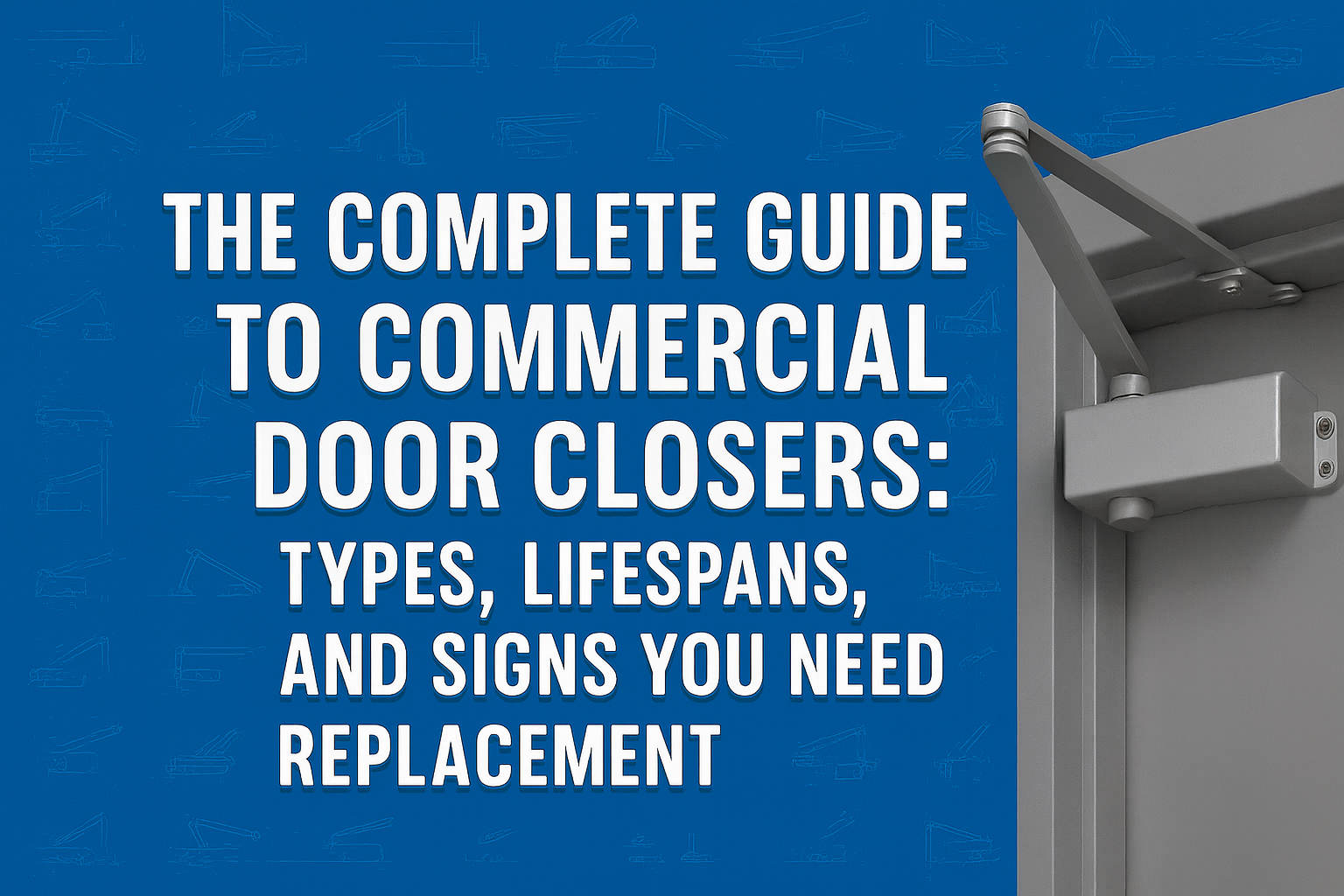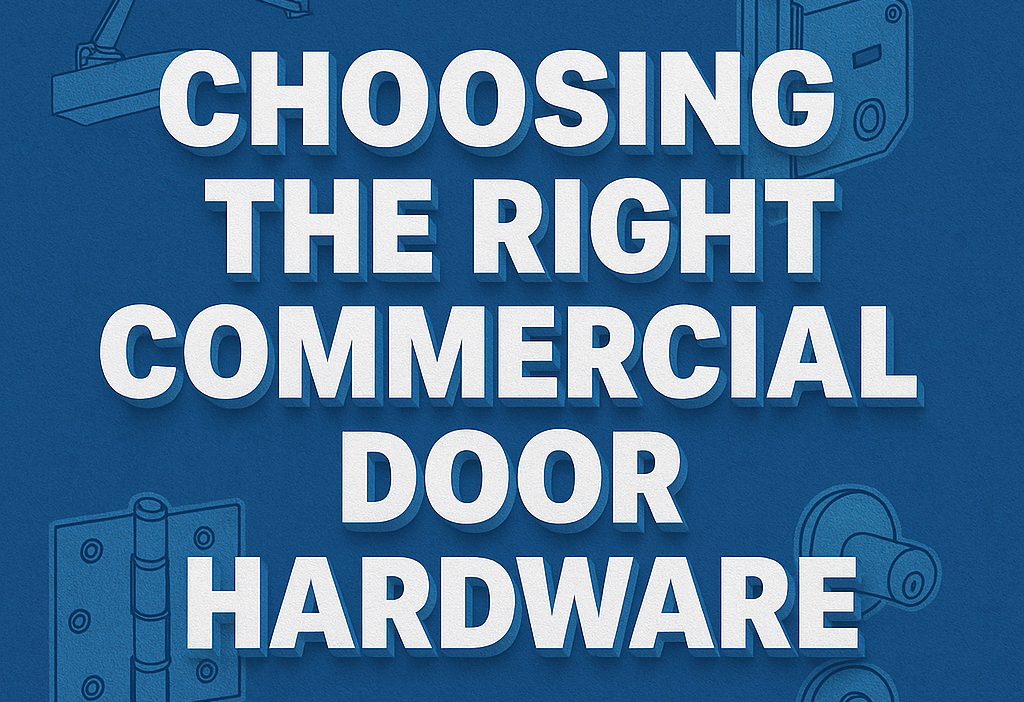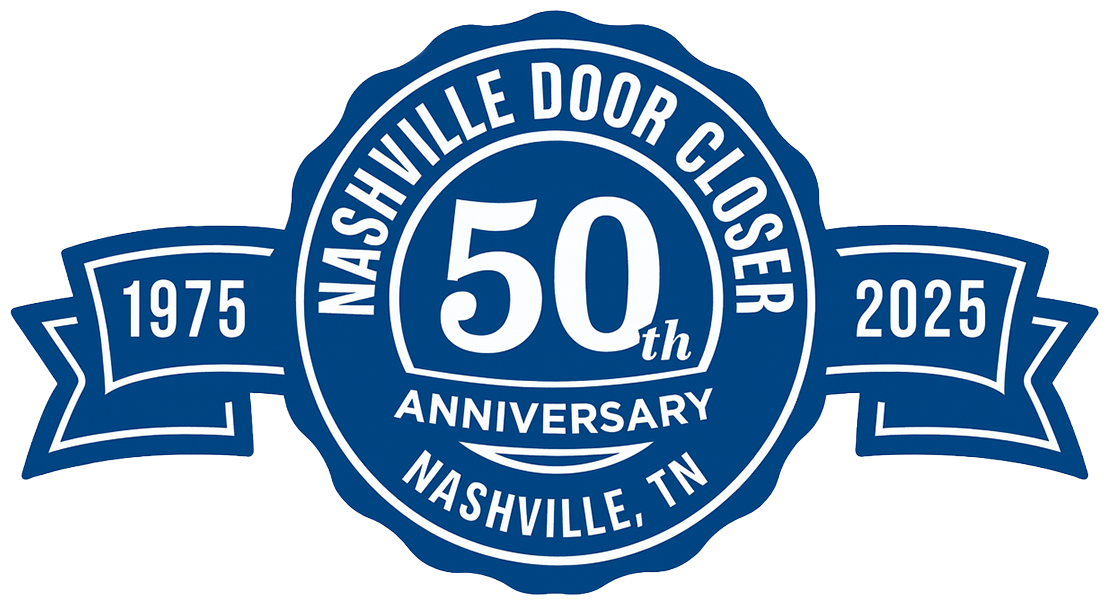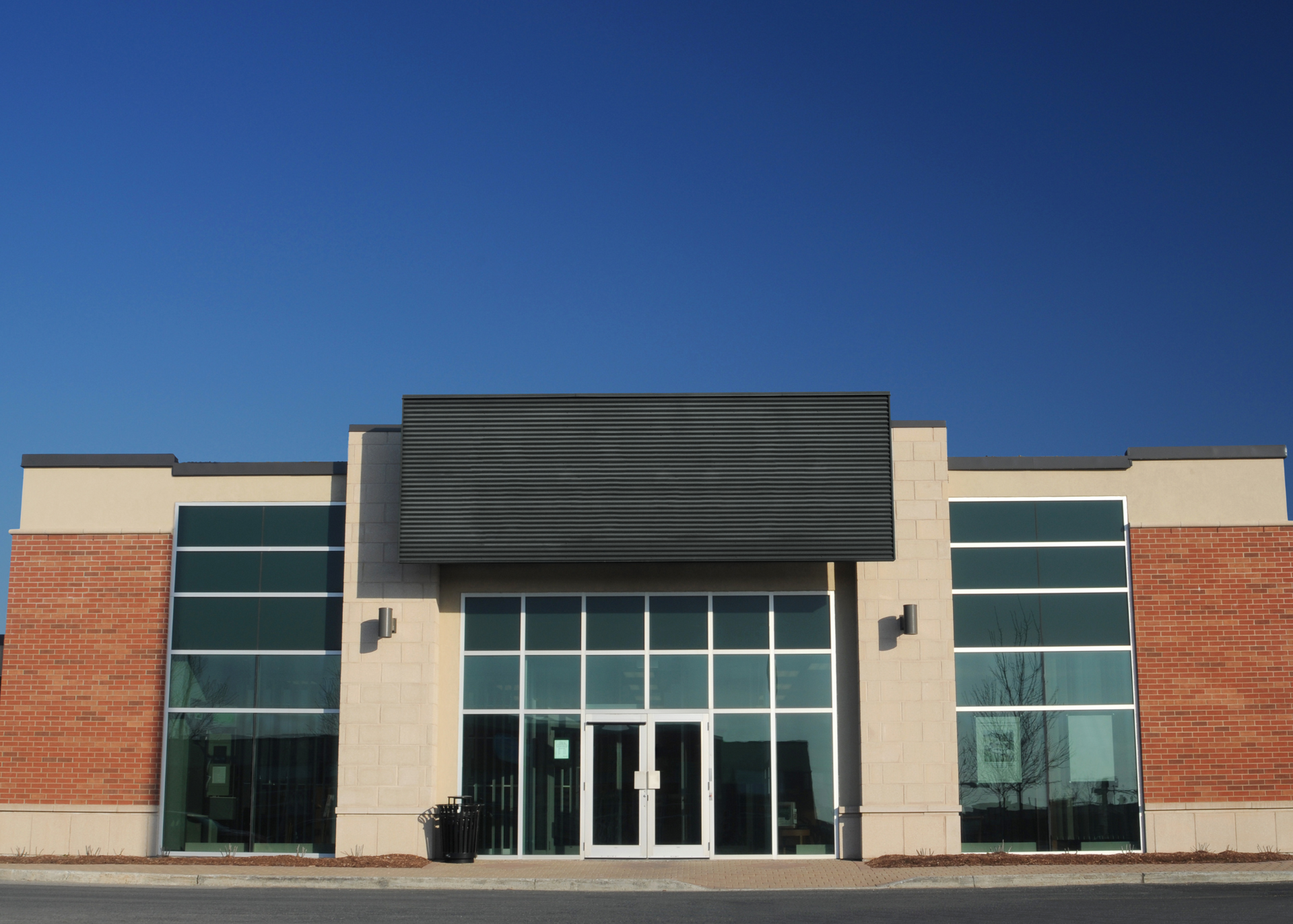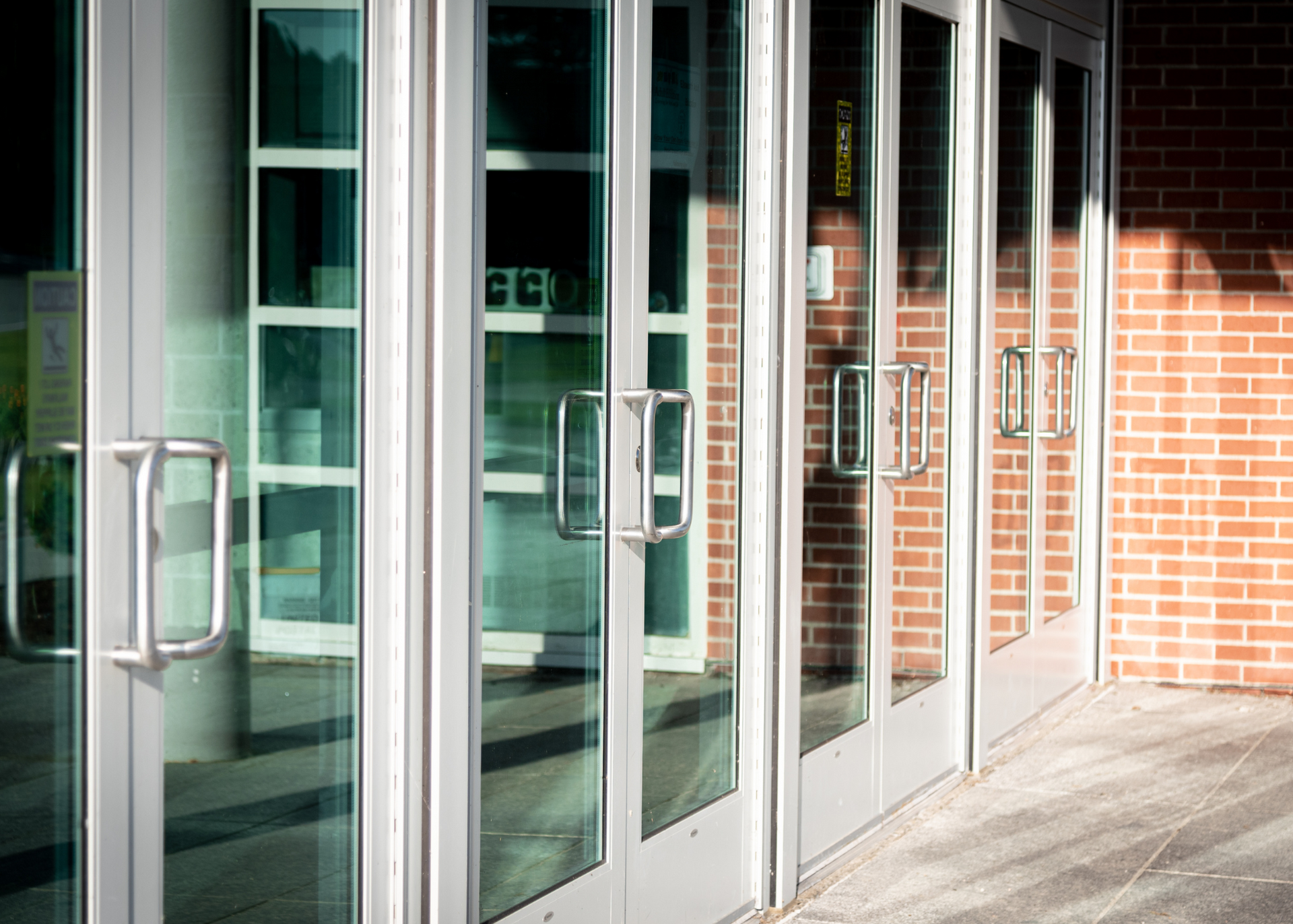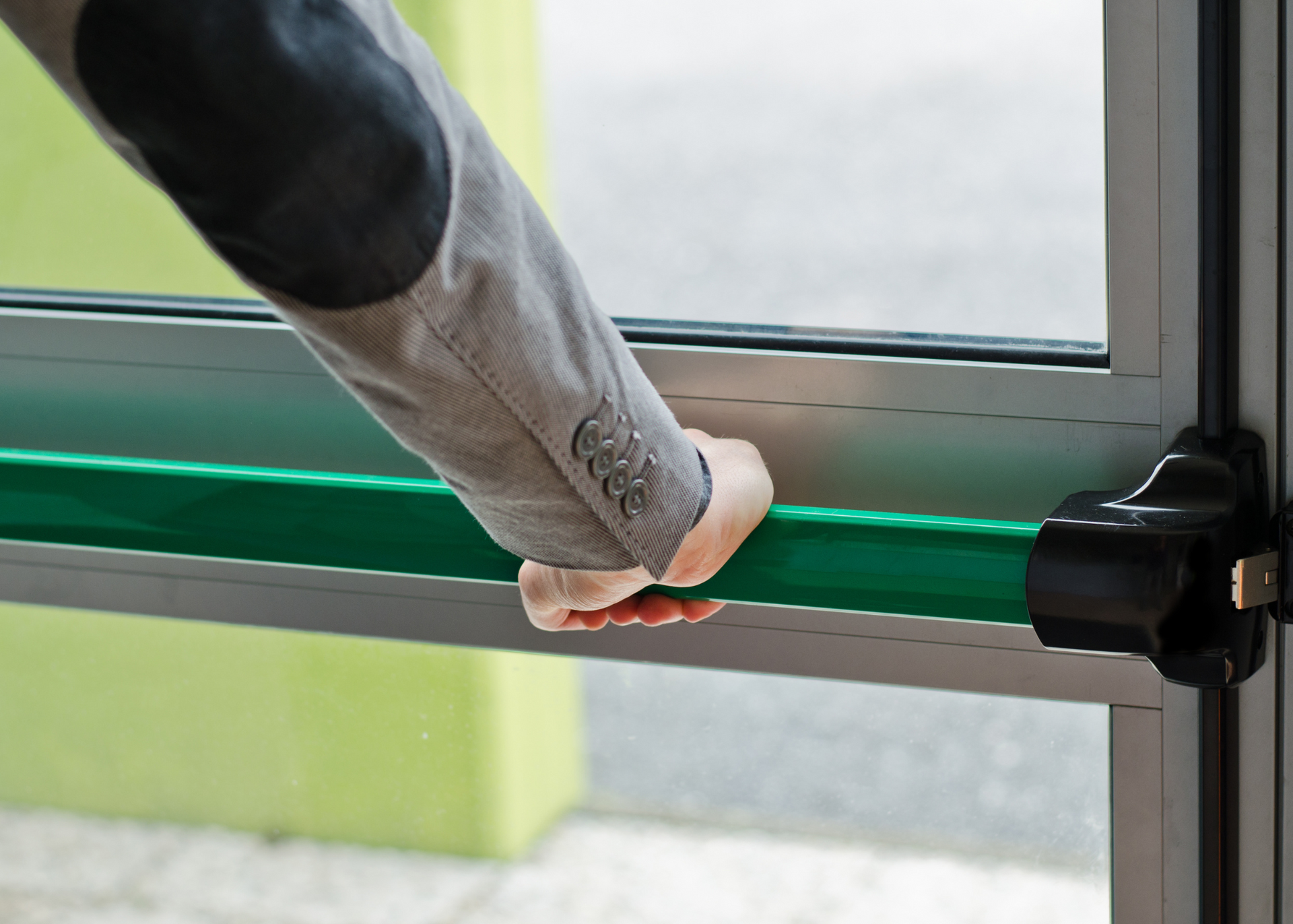Fire-Rated Doors Explained: Safety & Compliance
Fire-rated doors are a critical component of building safety, especially in commercial spaces where code compliance and occupant protection are a priority. But not all fire-rated doors are the same—and understanding when you need one, what they’re made of, and how they’re installed can help you stay compliant and protected.
In this guide, we’ll answer common questions about fire-rated doors, clear up confusion around fire codes, and explain how to make the right choice for your commercial building.
What Is a Fire-Rated Door?
A fire-rated door is a door assembly that can withstand fire, smoke, and heat for a specified period of time—usually 20, 45, 60, 90, or 180 minutes. These doors are designed to slow the spread of fire and smoke between rooms or areas of a building, providing time for evacuation and minimizing damage.
Is a Fire-Rated Commercial Wood Core Door Solid?
Yes. Most commercial fire-rated wood doors are built with a solid core—typically mineral core or other fire-resistant composite materials. The surface may be wood veneer or laminate, but the internal structure is engineered for fire resistance. They’re not hollow and are tested to meet specific hourly ratings.
Is Asbestos Inside the Commercial Fire-Rated Door?
Modern fire-rated doors do not contain asbestos. While some older doors manufactured decades ago may have used asbestos-containing cores, current standards prohibit this. If you're upgrading an older facility, consider testing any unidentified doors before disposal or retrofit.
Fire-Rated Door vs. Regular Door: What’s the Difference?
Fire-rated doors differ from standard doors in several important ways:
- Materials: Fire-rated doors have a solid, fire-resistant core (often mineral-based) vs. hollow core or standard wood.
- Hardware: They must use UL-listed or fire-rated hardware, including closers and latches.
- Construction: Frames, glazing, and seals are part of the rated assembly.
- Certification: They have a permanent label from UL, WHI, or another certified testing lab.
When Are Fire-Rated Doors Required in Commercial Buildings?
Fire-rated doors are required by code in areas that act as fire barriers, such as:
- Stairwells
- Elevator lobbies
- Mechanical and electrical rooms
- Corridor doors
- Fire-rated walls separating tenant spaces
- Kitchens and cooking areas (if required by occupancy type)
Do Restroom Doors Need to Be Fire-Rated in Commercial Buildings?
Typically, restroom doors do not need to be fire-rated, unless they open directly into a fire-rated corridor or are part of a rated partition. However, if located in high-risk areas (e.g., in industrial buildings or near hazardous storage), some jurisdictions may require it. Always check local codes.
Do Commercial Warehouse Doors Have to Be Fire-Rated?
Warehouse doors may need to be fire-rated if they separate different occupancies, protect egress routes, or are installed in fire-rated walls. Large rolling fire doors are often used in warehouses to meet these requirements.
Does a Door Need to Be Fire-Rated in a Commercial Kitchen?
If the kitchen is separated by a fire-rated wall, then yes—the door also needs to be rated to match. This is common in restaurants, cafeterias, and food prep areas in schools or healthcare facilities.
How Long Does a Fire Rating Have to Be on a Commercial Door?
Fire rating requirements vary based on the wall rating and application. The most common commercial door ratings are:
- 20-minute: For smoke control in corridors
- 45-minute: Light-duty separations between rooms
- 60-minute: Corridor openings in 1-hour walls
- 90-minute: For stairwells or hazardous areas
- 180-minute (3-hour): Used in walls rated 3 hours or more (e.g., some industrial zones)
Your Authority Having Jurisdiction (AHJ) or local code will dictate the required rating.
Fire-Rated Door Installation and Hardware
Proper installation is key to fire door performance. Even a certified door won’t pass inspection if improperly installed.
Installation Tips:
- Frames must be labeled and compatible with the door’s rating
- All components—including the closer, lock, latch, and seals—must be UL-listed
- Gaps must meet clearance requirements (typically 1/8"–3/16")
Fire-Rated Hardware and Panic Bars
Many fire-rated doors also include:
- Fire-rated closers to ensure doors self-latch
- Smoke seals for hallway or corridor doors
- Fire-rated panic bars for egress doors in assembly spaces
Always verify that any exit device (like a panic bar) is labeled for fire use.
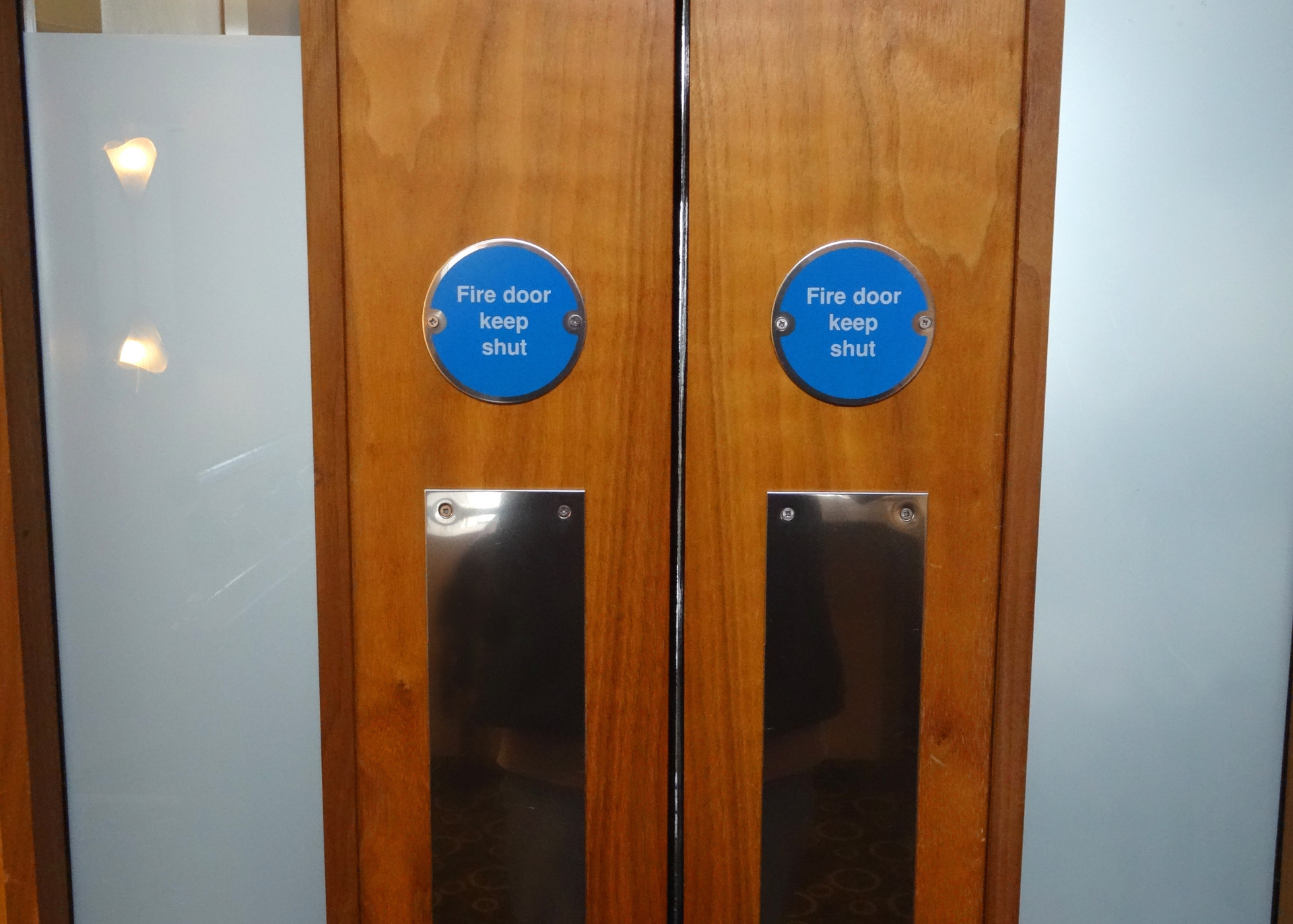
How to Tell If a Door Is Fire-Rated
Look for a certification label (often metal or embossed) on the hinge side or top edge of the door or frame. This label includes:
- Testing agency (e.g., UL or WHI)
- Hourly fire rating
- Manufacturer’s information
If there’s no visible label, the door cannot be considered rated—even if it appears solid.
Fire-Rated Doors in Nashville
Fire-rated doors are a non-negotiable element of commercial building safety. Whether you’re replacing a damaged unit, upgrading for code compliance, or designing a new building, the right fire-rated door—and installer—makes all the difference.
At Nashville Door Closer, we provide expert installation, inspections, and fire-rated hardware for all commercial applications. Need help meeting your building's fire door requirements? Contact us today to schedule a consultation or fire door assessment.




